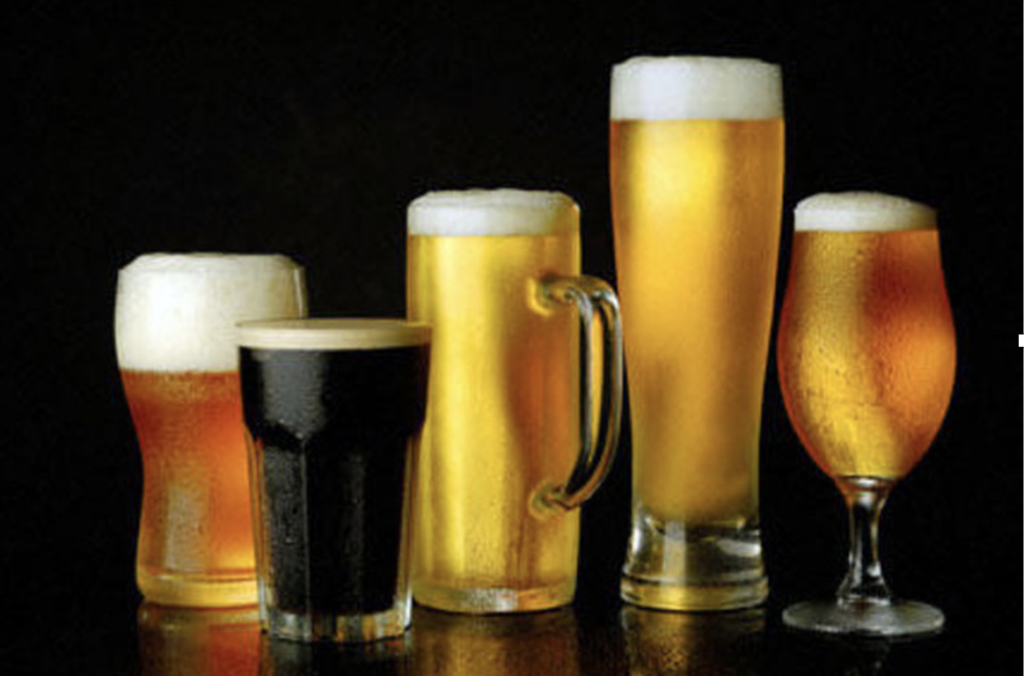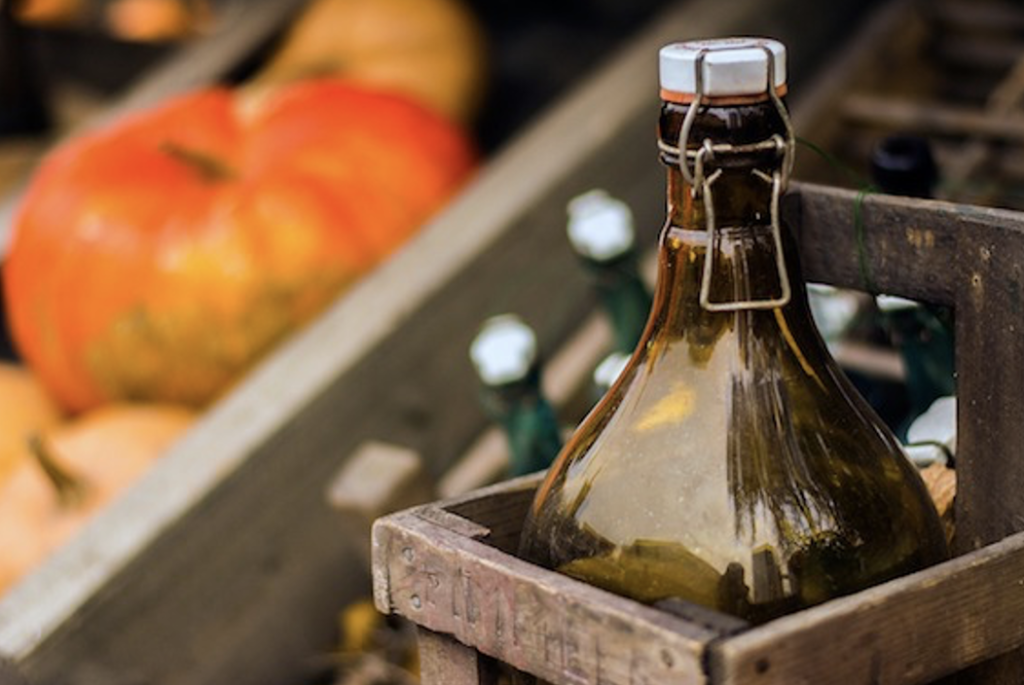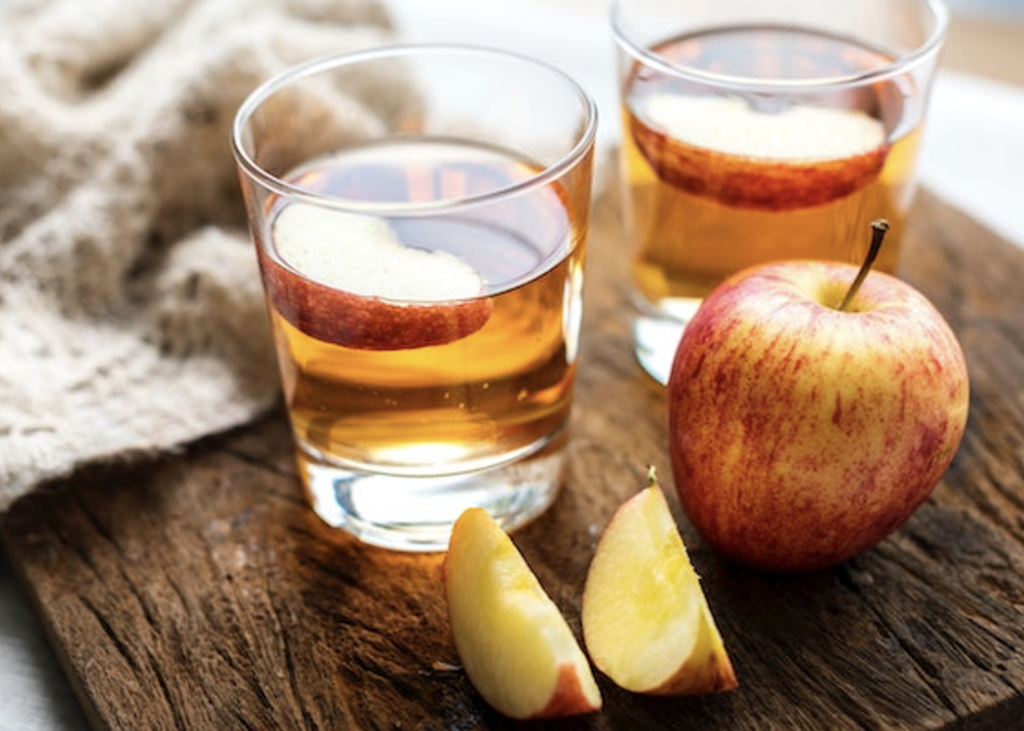-Elliott Richter-
 One of the best things about homebrewing is the vast selection of beers, ciders, meads, kombucha, and wines that you can create for any occasion. As the year unfolds, a cornucopia of flavors and ingredients is opened up for us to peruse and sample. We are able to create and develop, with high hopes, our year’s best concoctions and libations to be enjoyed, by not just ourselves, but in the company of our loved ones and companions.
One of the best things about homebrewing is the vast selection of beers, ciders, meads, kombucha, and wines that you can create for any occasion. As the year unfolds, a cornucopia of flavors and ingredients is opened up for us to peruse and sample. We are able to create and develop, with high hopes, our year’s best concoctions and libations to be enjoyed, by not just ourselves, but in the company of our loved ones and companions.
One of the most celebrated homebrew beverages for these occasions is the humble and widely beloved beverage… beer. Beer is a very versatile brew, as its flavors are dependent on not just on what is available year-round, but also on what the seasons bring us. Often the current season will dictate which style of beer we want to brew, as we tend to match the beer to the characteristics of the season. These characteristics include weather, special events and holidays (including birthdays), available fruits, grains, and spices, and many others. Complexity is another characteristic that is sometimes overlooked. The changing seasons allow for brews that can be as simple as using a Brewer’s Best Beer Kit for a quick ale, to the more complex all-grain brewing for a hearty and patience-strengthening (it takes over a year to mature) barley wine from a wide selection of malts and grains.
Many local and national events and celebrations are the perfect reason to start a brew! Brew a lager for a fall birthday, or a blonde ale for that camping trip this spring. Brew a wheat beer to celebrate summer graduation or for the newly married couple who is having their ceremony at the beach. The combinations are as endless as the seasons themselves.
So never fear if the urge to brew comes along and you find yourself lacking on a brew type as inspiration comes with every Season!
SPRING
As this year comes to a close at the time of this writing, we are gearing up for the upcoming spring and waiting in anticipation for the bounty of Spring Style Brews. The plants are waking up and shaking off the cold. The land is bursting with potential, and the new soon-to-be harvests are beginning to sprout. Spring offers the lightest selections of brews that are dry, crisp, light in color and flavors. These beers contrast to the winter brews (as we will cover later) and are not as heavy or dark.
Many people enjoy the spring, as it hosts St. Patrick’s day. This holiday brings the fun as brewers make large batches of the infamous Green Beer Ales! Other popular styles for the season include Ales, Docs, Blonde Ales, Belgian Wits, and Kolschs.
SUMMER
Summer is for the fun and adventurous, as vacation time is enjoyed by all. Beach trips, 4th of July barbeques, road trips, and parties help make this season’s flavors come alive. This is the season for light and refreshing flavors, fruity and fun, with a little bit of mischief mixed in. Brewers tend to create beers of the Pales, Wheats, Pilsners, IPAs, Sours, Bavarian, Creams, and Shanties. Orange, lemon, lime, watermelon, peach, berry, and other fruit flavors dominate the beer varieties as the festivities begin.
Most brewers opt to brew the beer styles that are quicker to brew during this time, while the more daring and experienced use this time to upgrade their equipment and tackle the more advanced brewing of the all-grain styles of beer. Choices in grains are the best this time of year, as the majority of the grain malts are harvested in July. Whichever you decide to do, you can’t go wrong with the beer ingredient kits like the American Ale or an Indian Pale Ale for those times when you want to just kick back and enjoy the process.
FALL
 As we continue with the changing of the seasons, we come to Fall where the colors herald the cooler weather. Trees burst with reds, orange, and yellows, and the beers of choice mimic the trees’ displays. The beers this time of year are heavier than the summer brews but are still lighter than the winter brews. Fall beers tend to sway more to the sweeter, spiced, darker, and maltier body and flavors. Also, this is the season where it is time to stock up on your choices of honey for brewing mead through the winter.
As we continue with the changing of the seasons, we come to Fall where the colors herald the cooler weather. Trees burst with reds, orange, and yellows, and the beers of choice mimic the trees’ displays. The beers this time of year are heavier than the summer brews but are still lighter than the winter brews. Fall beers tend to sway more to the sweeter, spiced, darker, and maltier body and flavors. Also, this is the season where it is time to stock up on your choices of honey for brewing mead through the winter.
In addition to Thanksgiving, this season has the honor of being host to one of the most celebrated beer holidays, Oktoberfest. What once traditionally started out as a celebration of weddings in Germany has grown into a world wide festival celebrated by billions across the globe. Beer is showcased here and all the varieties come out to join the fun. The most celebrated are the Oktoberfest, Festbiers, and Marzens. Other types homebrewers opt for are the Ambers, Belgians, Lagers, Harvest Ales, and Brown Ales.
WINTER
 Finishing out the year’s seasons is winter. It is winter where we find the most hearty, malty, sweeter, and darkest of the beers. Many brewers choose to take this time to branch out into brewing other hard beverages such as the ciders and meads. The end of fall and beginning of winter is the best time for purchasing apples for your favorite cider. Should you happen to miss this window, cider kits are also available in either apple or pear in 6 gallon kits. Furthermore, winter is the best time to start your meads with the honey you purchased in the fall. Meads are fun and easy to brew but remember, they take a while to age. It is an universal standard that the best meads are the ones that have aged for at least 2 years, so break out that patience we talked about earlier! Don’t let this long timeline discourage you from brewing mead. The payoff is WELL worth the wait! For those of you who are leaning more towards the beers, you can look forward to the Holiday Ales, Stouts, Christmas and Winter Beers, Porters, Chocolates, and the Barley Wines (this is one of the over-1-year-to-mature beers).
Finishing out the year’s seasons is winter. It is winter where we find the most hearty, malty, sweeter, and darkest of the beers. Many brewers choose to take this time to branch out into brewing other hard beverages such as the ciders and meads. The end of fall and beginning of winter is the best time for purchasing apples for your favorite cider. Should you happen to miss this window, cider kits are also available in either apple or pear in 6 gallon kits. Furthermore, winter is the best time to start your meads with the honey you purchased in the fall. Meads are fun and easy to brew but remember, they take a while to age. It is an universal standard that the best meads are the ones that have aged for at least 2 years, so break out that patience we talked about earlier! Don’t let this long timeline discourage you from brewing mead. The payoff is WELL worth the wait! For those of you who are leaning more towards the beers, you can look forward to the Holiday Ales, Stouts, Christmas and Winter Beers, Porters, Chocolates, and the Barley Wines (this is one of the over-1-year-to-mature beers).
REMINDERS and SUMMARY
No matter the season or the type of brew, be sure to give yourself enough time to enjoy your creations. I usually opt for a 3-month lead time for my brews, and recommend you do the same. This allows for the proper acquisition of the various ingredients and equipment needed for each batch, and time to address those unforeseen issues that always pop up out of nowhere. It also covers time for sanitation, which is always crucial, and for the brew day. Each of these steps can take a full day or two, depending on the size and amount of equipment you will be using, as well as the batch size. Once the brewing has begun, depending on the beer and batch size, primary fermentation can take between 7 to 30 days. If you decide to do a secondary fermentation, that will take between 7 to 16 days. Now onto bottling. For most batches this can take upto a day. Finally, we move on to the time for aging. Depending on your brew this can take anywhere from 2 weeks to several years. Luckily, the majority of brews can be carbonated and ready to drink in 3 weeks, or about 5 days if you decide to go the kegging route.
Finally, be sure to collect all your ingredients in advance of your brew day. If you are using grains in your recipe, for the best flavor and highest chance of a successful brew be sure to mill your grains as close to brew day as possible, and the day of brewing is always best!
If you’re looking for a bit of inspiration for your seasonal brewing, check out our list of tried-and-true recipes, complete with grain bills and instructions.
I hope this has been a helpful and entertaining read, and as always, Cheers and Happy Brewing!!

Leave a Reply